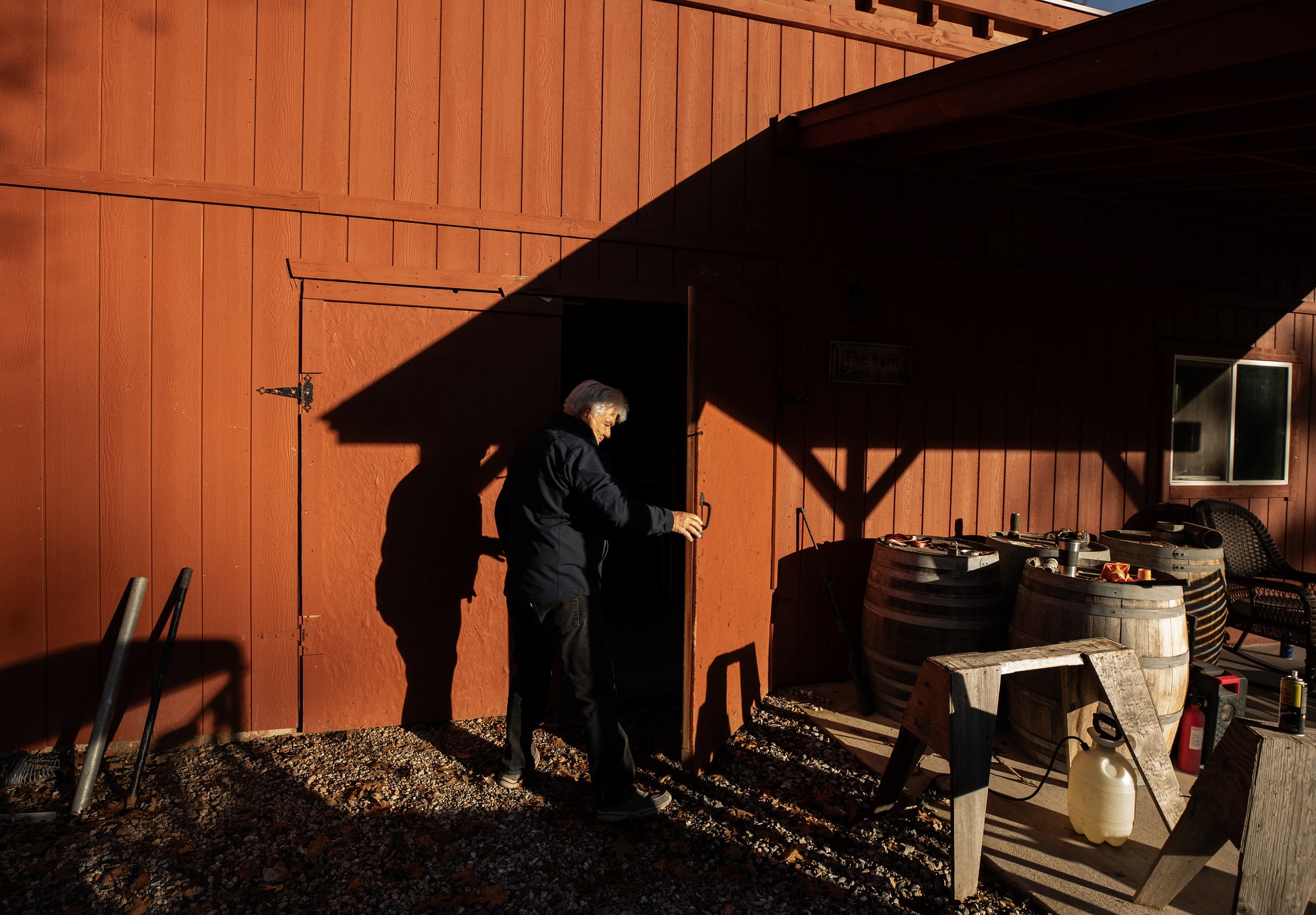EDVA Judge Finds Driver Scheduling Patents Invalid | Troutman Pepper
In a lengthy and detailed opinion, EDVA Judge Hannah Lauck has dismissed a suit alleging infringement of seven patents relating to coordinating drivers to transport vehicles between locations, holding that the patents were not eligible for patent protection under 35 U.S.C. § 101 and Alice Corp. Pty. v. CLS Bank Int’l, 573 U.S. 208 (2014). DriverDo, LLC , d/b/a Draiver v. Social Auto Transport, Inc., d/b/a HopDrive, Civil Action No. 3:23cv265-MHL, 2024 U.S. Dist. LEXIS 58460 (E.D.Va. March 29, 2024).
Judge Lauck’s decision came at an early stage of the case — on a Rule 12(b)(6) motion to dismiss. In the course of her ruling, Judge Lauck addressed several issues which regularly come up in Section 101 motions:
- Section 101 challenges can be addressed at the motion to dismiss stage.
The plaintiff, Draiver, argued that it was premature to resolve a challenge under § 101 on a Rule 12 motion to dismiss because its complaint included factual allegations regarding the inventiveness of the technology. Judge Lauck rejected this argument, noting that when ruling on a Rule 12 motion under § 101, courts may reject allegations that are merely legal conclusions. Here, the court found, Draiver asserted only conclusory and boilerplate assertions that did not go beyond parroting the required language and listing claim elements, rather than concrete allegations of fact. - Claim construction need not precede the § 101 analysis.
Judge Lauck also rejected Draiver’s assertion that claim construction must precede resolution of a challenge under § 101. Patent eligibility under § 101, the judge noted, is a question of law, though there can be subsidiary fact questions. Further, there is no bright line rule requiring the court to construe claims before determining subject matter eligibility. Here, while Draiver asserted that HopDrive’s proposed constructions were too broad, it did not propose any alternative construction for any claim. Moreover, the basic character of the claimed subject matter was readily ascertainable from the face of the patents. The patents did not address highly technical subject matter or contain unfamiliar terms or technical jargon, and so claim construction was not necessary to determine eligibility. - The patent examiner’s decision to issue the patent is not dispositive.
Draiver pointed out that the patent examiner had initially rejected several of the patents under § 101 but later withdrew those rejections. While acknowledging this was not dispositive, Draiver argued that the patents were presumed valid absent clear and convincing evidence of invalidity. Judge Lauck agreed that HopDrive must demonstrate patent ineligibility by clear and convincing evidence, but she noted that numerous courts across the country have rejected patents under § 101 despite previous approvals by a patent examiner. - The court can determine patent eligibility using a representative claim.
Where a patentee asserts multiple claims from numerous patents, courts often struggle with whether they must individually address each asserted claim or may limit their analysis to a representative claim. If the claims are substantially similar and linked to the same abstract idea, Judge Lauck found, it is sufficient to analyze a representative claim. A party which objects to whether a claim is representative must explain how the Alice analysis would differ from that of the representative claim. In short, the objector must show that differences between the representative claim and other claims have “distinct significance” under the Alice test. Here, the judge ruled, Draiver had failed to articulate any meaningful argument for any the significance of any claim limitation not found in the representative claim. All the other claims were either substantially similar to the representative claim or added only peripheral features or functionalities which did not alter the analysis. Further, the distinctions that Draiver attempted to draw between claims merely recited conventional computer functions which were not inventive. - All of the patents were directed to abstract ideas under Alice step one.
The first set of patents, Judge Lauck found, were directed to the abstract idea of scheduling a trip to transport vehicles from one location to another. The patents did not claim a technological solution because they recited only generic computer elements used in conventional ways in purely functional language, without improving the functioning of the computer or solving a technological problem.
Judge Lauck concluded that the second set of patents were directed to the abstract idea of organizing the human activity of scheduling drivers for trips, just as human dispatchers have done for decades. The patents did not improve an existing technology but merely employed generic technology to computerize a nontechnological system of driver allocation. - Nothing in the patents provides an inventive concept under Alice step two.
Since the patents failed Alice step one, it the court was not required to reach step 2. Nevertheless, Judge Lauck concluded that the patents lacked any inventive concept that transformed the patent claims into patent-eligible subject matter. Rather, the patents merely implemented the abstract ideas identified in the step one analysis using generic computer components without either improving those components or specifying the way in which the patents achieve the abstract idea. Further, no ordered combination of the claim elements supplied an inventive concept that was innovative in its own right.
Judge Lauck’s decision in DriverDo cited extensively to a 2017 decision by EDVA Judge Liam O’Grady in the case of Va. Innovation Scis. Inc. v. Amazon.com, Inc., 227 F.Supp.3d 582 (E.D.Va. 2017) (VIS). Like DriverDo, VIS involved a § 101 challenge that was resolved on a Rule 12 motion to dismiss. Both cases include extensive summaries of the governing Federal Circuit precedents on § 101 and provide detailed guidance, both for defendants considering a § 101 challenge and for plaintiff-patentees opposing § 101 motions.






